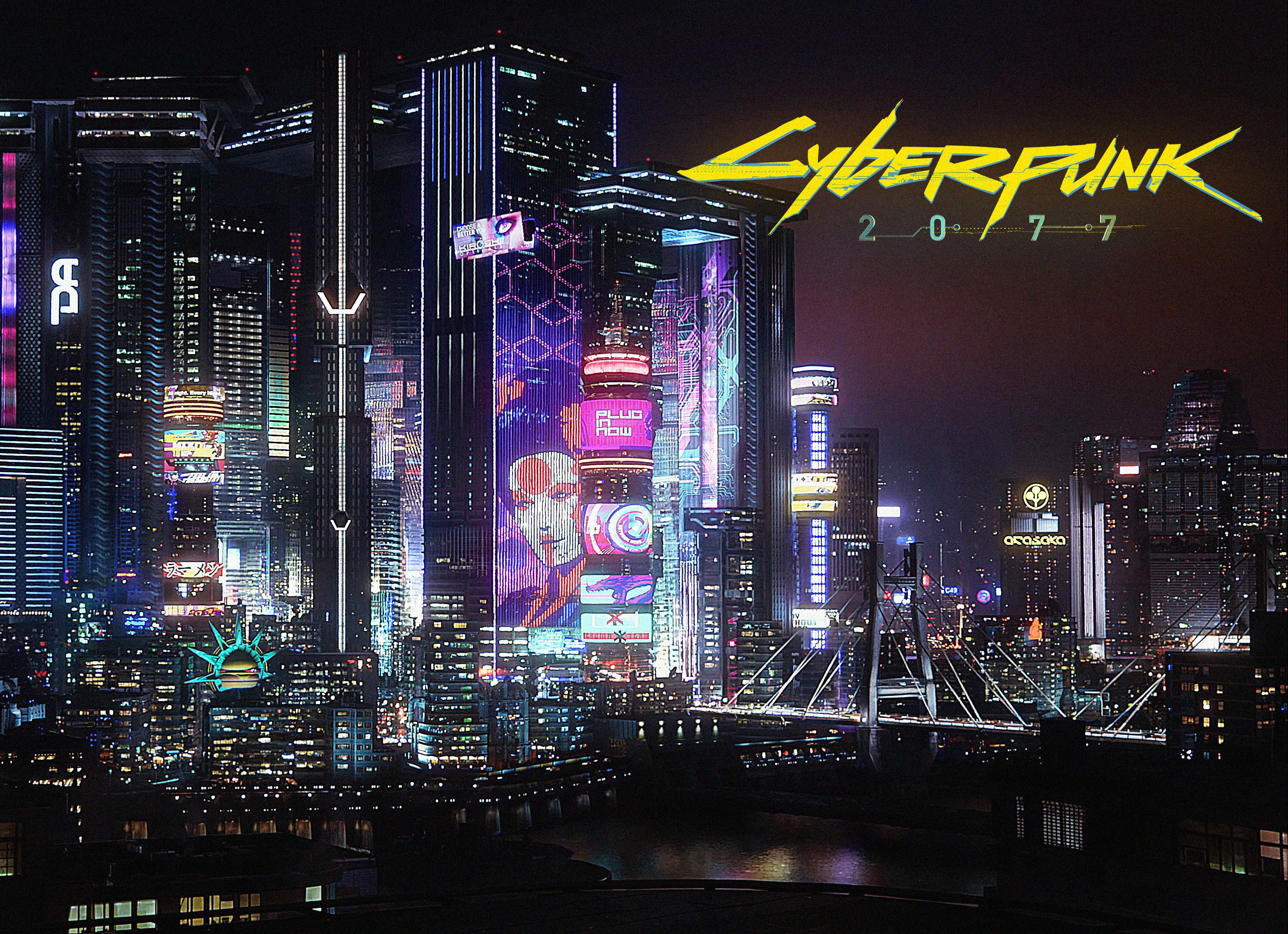Devil May Cry 5 Score: Stylish Action Peak
Introduction
Devil May Cry 5 (2019) stands as a triumphant return to form for Capcom’s iconic hack-and-slash franchise. After the divisive DmC: Devil May Cry (2013) reboot, fans eagerly awaited a true successor to Devil May Cry 4 (2008). The fifth installment not only met expectations but exceeded them, delivering a masterclass in stylish action combat, breathtaking visuals, and a compelling narrative. At the heart of Devil May Cry 5 lies its score system, a refined mechanic that pushes players to embrace creativity, precision, and flair in combat. This article explores how Devil May Cry 5 perfects the series’ signature style ranking system, making it the pinnacle of stylish action games.
The Evolution of the Style System
Since its inception in Devil May Cry (2001), the franchise has rewarded players for performing varied and flashy combos. The original game introduced a rudimentary style meter, grading players from "Dull" to "Stylish!" based on attack variety and aggression. Over time, the system evolved:
- Devil May Cry 3: Dante’s Awakening (2005) refined the mechanic, introducing letter grades (D to SSS) and encouraging weapon-switching mid-combo.
- Devil May Cry 4 (2008) expanded on this with Nero’s Exceed system and Dante’s Style Switching, allowing real-time changes between combat styles (Swordmaster, Gunslinger, Trickster, Royalguard).
Devil May Cry 5 takes these foundations and elevates them further by introducing three distinct playable characters, each with their own mechanics that synergize with the score system.
Devil May Cry 5’s Score System: A Masterpiece of Combat Depth
1. The SSStyle Meter – Encouraging Creativity
The core of Devil May Cry 5’s combat is the style meter, which grades players from D (Disaster) to SSS (Smokin’ Sick Style!). Unlike many action games that reward simple button-mashing, DMC5 demands variety, timing, and risk-taking. Key factors influencing the score include:
- Attack Diversity – Using different moves in succession.
- Precision – Dodging attacks at the last moment (just dodges).
- Aggression – Maintaining offense without taking damage.
- Air Combos – Extending fights mid-air for higher multipliers.
The game’s real-time grading feedback pushes players to experiment, rewarding those who chain together complex sequences rather than relying on repetitive moves.
2. Character-Specific Mechanics Enhancing the Score System
DMC5 introduces three playable characters, each with unique mechanics that influence scoring:
Nero – The Devil Breaker & Exceed System
- Devil Breakers: Replace Nero’s Devil Bringer arm with various cybernetic weapons (e.g., Overture for explosions, Gerbera for mobility). Breaking them at the right moment (Break Age) grants style points.
- Exceed: Timing revs on Nero’s Red Queen sword boosts damage and style, rewarding precision.
Dante – The Ultimate Stylish Arsenal
- Four Styles + Four Weapons: Dante can switch between Swordmaster, Gunslinger, Trickster, and Royalguard mid-combo, along with multiple melee and ranged weapons.
- Dr. Faust (Hat Trick): A risk-reward weapon that consumes Red Orbs for high-damage attacks, rewarding bold playstyles.
V – The Summoner with a Twist
- Controlled Chaos: V relies on summoned demons (Shadow, Griffon, Nightmare) while staying vulnerable. Managing their attacks and finishing foes with his cane maximizes style.
This diversity ensures that no two playthroughs feel the same, and mastering each character unlocks new ways to achieve high ranks.
3. The Impact of the Bloody Palace & Ranking System
Beyond the campaign, DMC5’s Bloody Palace mode (a 101-floor survival challenge) tests players’ mastery of the score system. Achieving S ranks requires:
- No Damage Runs – Taking hits lowers the final score.
- Fast Completion – Speed is a factor in grading.
- Maximizing Style Points – Only relentless aggression secures top ranks.
This mode is where the game’s combat truly shines, pushing players to refine their techniques.
Why Devil May Cry 5’s Score System is the Pinnacle of Stylish Action
1. Accessibility vs. Mastery
While DMC5 is accessible to newcomers (thanks to auto-combos in lower difficulties), true mastery demands deep understanding of mechanics. The score system rewards skill, not just completion.
2. The Spectacle Factor
Few games make combat feel as cinematic as DMC5. The dynamic camera angles, slow-motion finishers, and over-the-top animations make high-rank battles a visual feast.
3. Replayability & Community Engagement
The pursuit of perfect SSS ranks fuels replayability. The DMC community thrives on sharing combo MAD videos, where players showcase near-impossible feats of combat artistry.
Conclusion: The Stylish Action Benchmark
Devil May Cry 5 doesn’t just continue the legacy of the series—it perfects it. The score system is more than a grading mechanic; it’s a celebration of creativity, skill, and style. Whether you’re a casual player enjoying the spectacle or a hardcore fan chasing flawless SSS ranks, DMC5 delivers an unmatched stylish action experience.
With its deep combat mechanics, character variety, and relentless encouragement of player expression, Devil May Cry 5 stands as the peak of stylish action gaming—a title that future games in the genre will be measured against.
Final Word: If you haven’t yet experienced Devil May Cry 5, now is the time. Embrace the madness, push your limits, and embrace the style. Because in this game, the only way to win is to look good doing it.
Word Count: ~1,200
(Note: This article can be expanded further with deeper analysis of specific combos, enemy design, or comparisons to other action games like Bayonetta or Metal Gear Rising.)
















